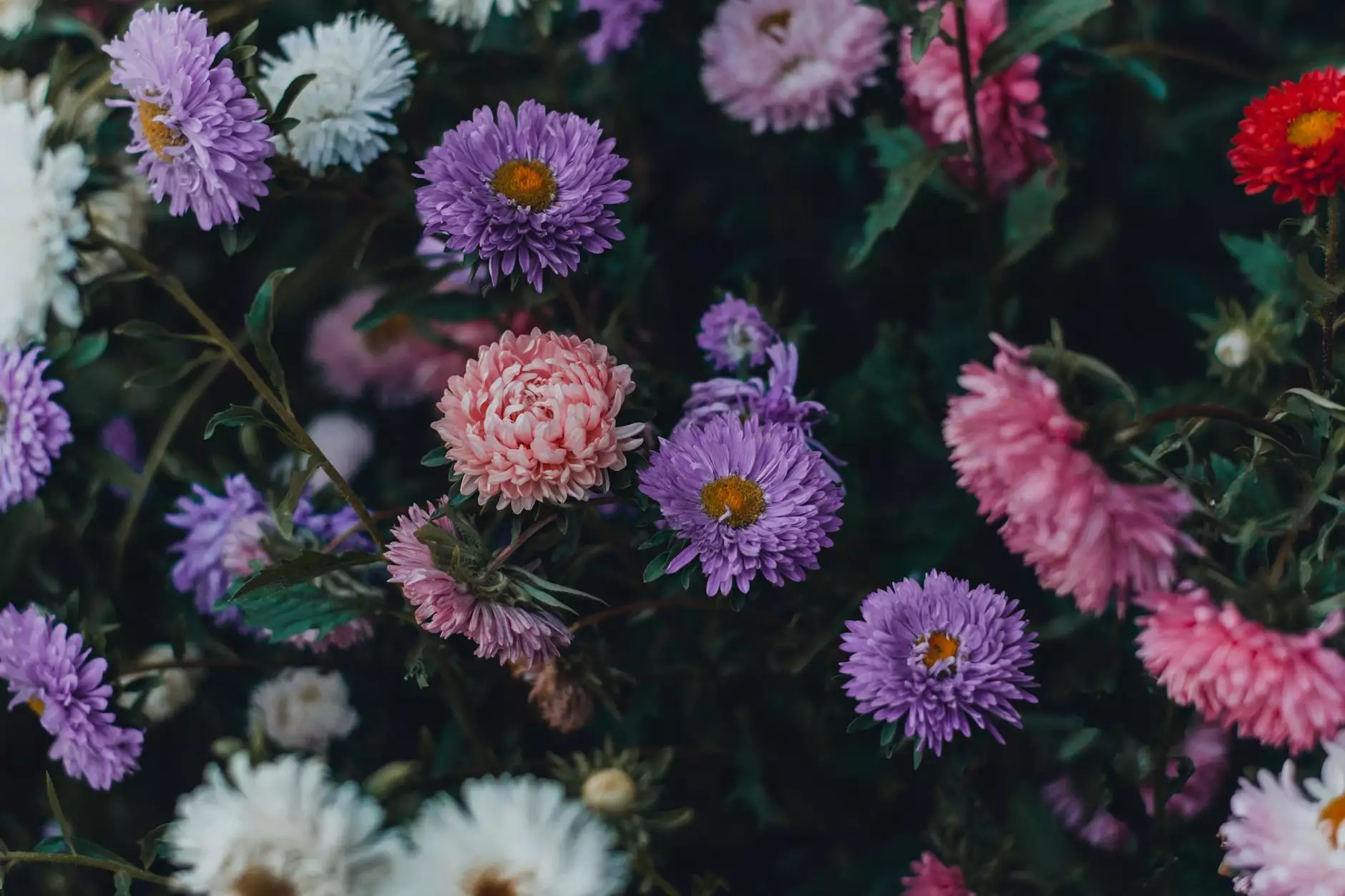Learn How to Grow Hardy Hibiscus

Introduction to Hardy Hibiscus
Welcome to La Venezia Art & Fashion's comprehensive guide on growing Hardy Hibiscus. If you're a fan of vibrant, eye-catching flowers, Hardy Hibiscus is a must-have addition to your garden. This stunning perennial, also known as Hibiscus moscheutos or Rose Mallow, showcases large, showy flowers in captivating colors, making it a favorite among gardeners worldwide.
Choosing the Right Location
Hardy Hibiscus thrives in full sun, so it's essential to find a location in your garden that receives at least six hours of direct sunlight each day. Ensure the soil is well-drained, as these plants don't tolerate overly wet conditions. Additionally, consider planting Hardy Hibiscus in an area protected from strong winds, as their large, delicate flowers can suffer damage.
Planting and Soil Preparation
Before planting your Hardy Hibiscus, prepare the soil by loosening it with a garden fork or tiller. Incorporate organic matter, such as compost or well-rotted manure, to improve drainage and nutrient content. Dig a hole slightly larger than the root ball of the plant and place it in the hole, ensuring it sits at the same level as it did in its nursery container. Backfill the hole with soil, gently firming it around the plant's base.
Watering and Fertilizing
Proper watering is crucial for the successful growth of Hardy Hibiscus. Once established, these plants require regular watering, especially during hot summer months. Aim for deep, thorough watering to encourage a robust root system. It's advisable to water at the base of the plant to avoid wetting the foliage, as this can lead to disease issues.
When it comes to fertilizing, Hardy Hibiscus benefits from a balanced slow-release fertilizer applied in early spring, just as new growth emerges. Follow the manufacturer's instructions for application rates, and avoid over-fertilization, as this can result in excessive foliage growth at the expense of flower production.
Pruning and Winter Care
Pruning Hardy Hibiscus is necessary to maintain their shape, remove dead or damaged growth, and promote better flowering. It's best to prune in late winter or early spring before new growth begins. Cut back the stems to about 6-12 inches above ground level, leaving a framework for new shoots to emerge.
Hardy Hibiscus is generally cold hardy, but additional winter protection may be required in regions with extremely low temperatures. Apply a layer of mulch around the base of the plant to insulate the roots and prevent frost damage. Remove the mulch in early spring to allow new growth to emerge.
Pest and Disease Management
Despite their hardy nature, Hardy Hibiscus plants can be susceptible to certain pests and diseases. Keep an eye out for common issues like aphids, spider mites, and fungal diseases like powdery mildew. Regularly inspect the plants for any signs of infestation or disease, and take appropriate action by using organic insecticides or fungicides if necessary.
Conclusion
Growing Hardy Hibiscus can be a rewarding experience for any gardener. With their magnificent flowers and relatively low maintenance requirements, these plants are sure to add a touch of elegance to your outdoor space. La Venezia Art & Fashion hopes this comprehensive guide has provided you with the necessary information to successfully grow and care for Hardy Hibiscus. Happy gardening!









